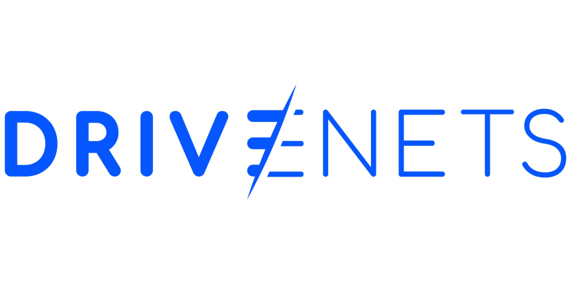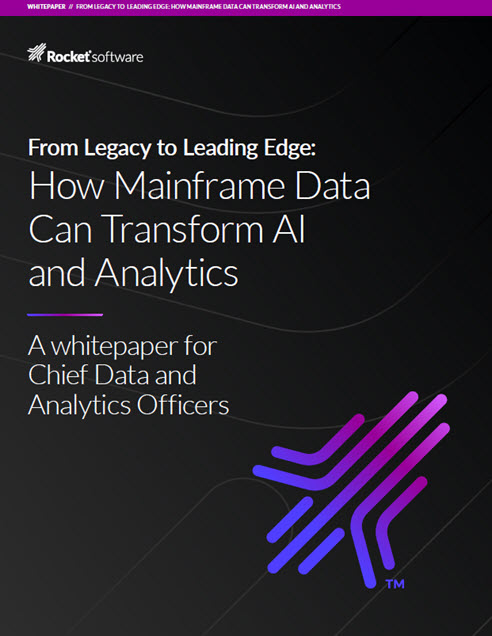By Jeff Foster, Redgate Software
AI advancements will fundamentally change how enterprises use and manage data, making it essential to embrace and understand this transformation. For organizations looking to adopt AI at scale, the state of their databases is a critical success factor.
Poor data quality, weak governance, or fragmented oversight can derail even the most ambitious AI initiatives. In this context, the role of the Database Administrator (DBA) is becoming more strategic and more central to enterprise AI readiness.
Modern DBAs are no longer just guardians of performance and availability. They’re stewards of data ethics, security, and compliance. As that data is used in AI systems, usage becomes more complex and more risks, such as misconfigured permissions or algorithmic bias, grow. The good news? By tackling database complexity head-on, DBA teams can create a foundation of trust and reliability, one that makes AI not only possible, but productive.
Here are four key strategies to manage your database environment and prepare your enterprise for successful AI adoption.
1. Build Data Governance Around AI Readiness
Strong governance is non-negotiable in any data-driven organization, and it’s especially vital when AI enters the picture. AI is only as good as the data that fuels it. That means clearly defined ownership, strict access protocols, data quality measures and robust lifecycle management are foundational to success.
Enterprises should invest in data catalogs and lineage tools to the origin of data, how it’s transformed, and how it’s ultimately used. This is crucial for understanding the input and output of AI models and defending those decisions under regulatory scrutiny. And when it comes to compliance, don’t overlook data masking, especially when using production data in development or training environments. It’s no longer best practice; it’s a compliance imperative.
2. Treat Auditing and Monitoring as Continuous Processes
One-time audits no longer cut it, especially when real-time decisions are being made by AI systems that rely on ever-changing data. Continuous auditing, powered by data observability tools, helps ensure your data remains trustworthy, your models remain transparent, and your processes remain compliant.
In the context of AI, it’s important to track both how data flows through systems and how it’s being used. Tools should log AI model inputs and outputs, highlight anomalies, and surface any indicators of bias or inconsistencies. This not only protects against compliance risk, but it also improves model accuracy and performance over time.
3. Align Access Controls with Security and Compliance Goals
Security is a foundational concern for any IT team, but it takes on heightened urgency when AI systems are involved. As databases become more accessible to a broader mix of stakeholders including data scientists, developers, and third-party platforms, the risk of unauthorized access increases significantly
A strong access strategy starts with multi-factor authentication and role-based access controls. But it must go further, incorporating regular permission reviews and robust access logging. Visibility into who accessed what data, when, and for what purpose is critical – not only for security but for auditing and governance. It also enables organizations to link database access with broader enterprise workflows, improving both transparency and accountability.
4. Make Monitoring and Documentation Part of Your AI Workflow
Performance and security monitoring can no longer be treated in isolation. To support enterprise AI, monitoring must be integrated and continuous, capturing not just uptime or query speed, but the integrity and movement of the data itself.
Investing in 24/7 database monitoring ensures that any potential issue, be it a spike in access patterns, a schema change, or a security anomaly, is caught early and resolved quickly. Automation plays a vital role here, helping teams scale their oversight without increasing overhead.
 Similarly, documentation should no longer be a static afterthought. It must be dynamic, up-to-date, and ideally automated. Comprehensive documentation of data sources, transformations, and AI model dependencies ensures teams have the information they need to respond quickly and responsibly, whether it’s for internal collaboration or an external audit.
Similarly, documentation should no longer be a static afterthought. It must be dynamic, up-to-date, and ideally automated. Comprehensive documentation of data sources, transformations, and AI model dependencies ensures teams have the information they need to respond quickly and responsibly, whether it’s for internal collaboration or an external audit.
Final Thought: Database Complexity Is the Hidden Barrier to AI Success
A successful enterprise AI launch doesn’t begin with the model—it begins with the data. By tackling database complexity, improving visibility, and aligning security and compliance efforts, IT teams can build a foundation that supports AI—not undermines it.
In this new era, DBAs and IT leaders play a crucial role in translating innovation into impact. With the right strategies and tools, they can ensure their organizations are not just AI-ready—but AI-resilient.
Jeff Foster is Director of Technology and Innovation at Redgate Software, Cambridge, UK, which helps solve complex database management problems across the DevOps lifecycle.




